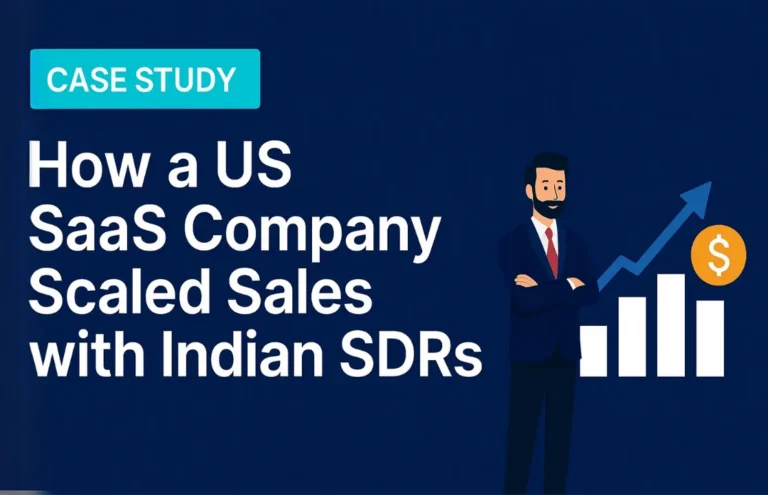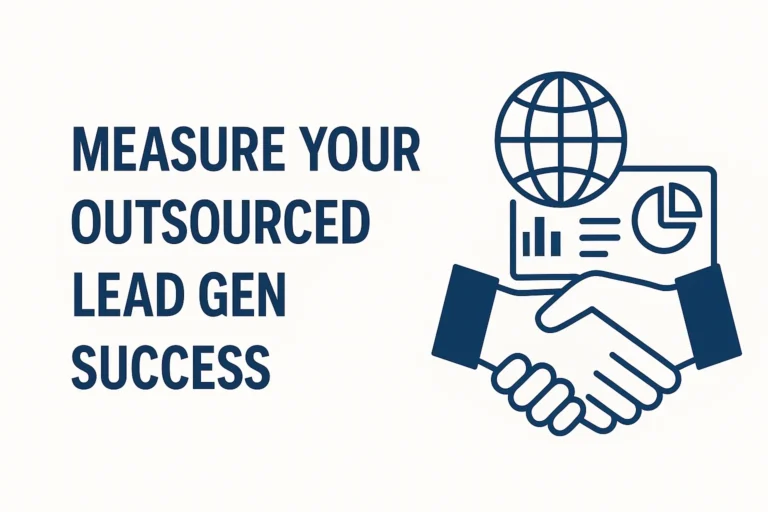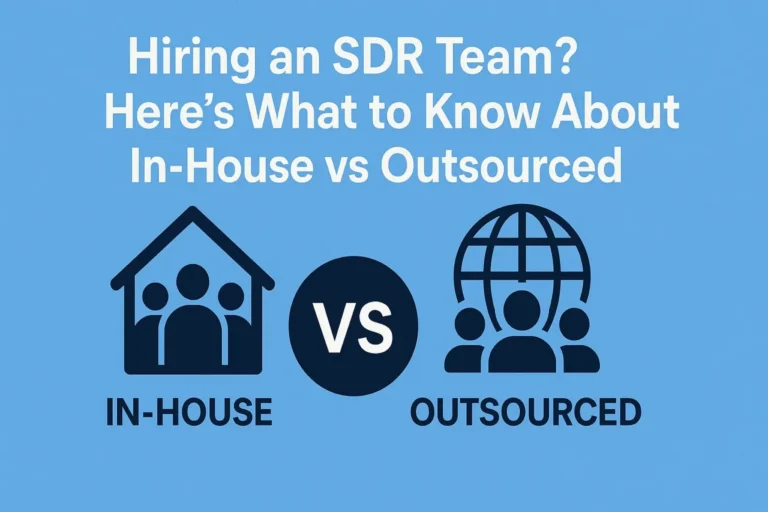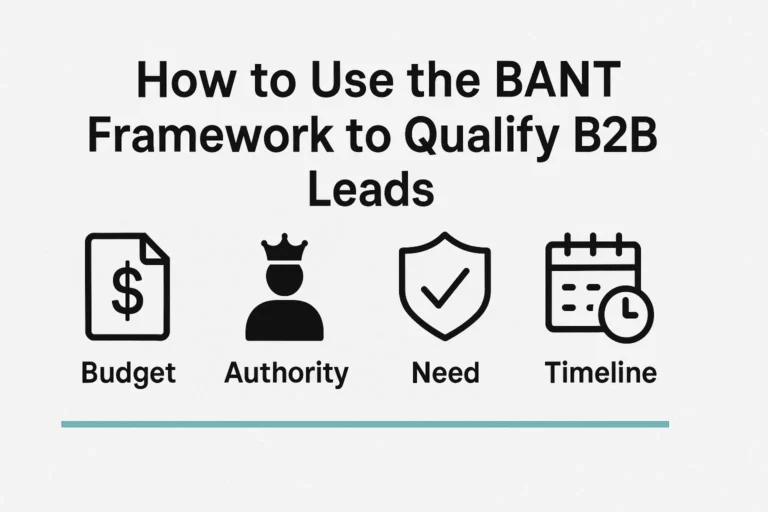Top 10 Challenges in B2B Lead Generation & How Real Teams Handle Them
If you’ve ever tried to generate leads for a B2B company, you already know—it’s no walk in the park. On paper, it sounds simple: identify businesses that need what you offer, reach out, and start a conversation. In real life? It’s a lot messier.
You’re chasing decision-makers who are already overwhelmed, your emails get buried in crowded inboxes, and half your contact list turns out to be outdated. Sound familiar?
Let’s break down 10 common challenges teams face when trying to generate quality B2B leads—and how real businesses are solving them.
1. You’re Targeting the Wrong People
One of the biggest mistakes? Going after everyone and hoping someone bites. When your outreach isn’t focused, your results are all over the place.
What helps: Get specific. Who actually benefits from your solution? What size company? What role? Narrow it down. It’s easier to start a good conversation when you’re talking to the right person.
2. Your Leads Look Good—Until You Talk to Them
You land a call, only to realize the lead has no authority or real interest. That’s a frustrating waste of time.
What helps: Look beyond job titles. Try to understand the company’s current challenges. A little research goes a long way. Also, using better filters or data sources can weed out the “just-looking” crowd.
3. Your Messages Get Ignored
Let’s face it—most people don’t open cold emails. Even fewer respond. And if your message sounds like it came from a template, you’re toast.
What helps: Personalize, but not in a robotic way. Mention something real—an article they published, a recent company update, or even just the city they’re in. Make it feel human. Because it is.
4. Your Data’s Just… Wrong
Old contacts. Misspelled names. Bounced emails. If your contact list is outdated, even your best message won’t reach anyone.
What helps: Clean your lists regularly. Use tools that verify contact info before you hit send. It’s not exciting work, but it saves you a lot of headaches down the line.
5. You Follow Up Once and Then… Crickets
One email, no reply, and the lead is forgotten. Happens more often than you’d think.
What helps: Set up a simple follow-up process. Mix in emails, calls, or even a friendly LinkedIn nudge. People are busy—it’s not that they’re not interested, they just need a few reminders.
6. Your SDRs Are Running on Empty
When reps spend all day chasing cold leads that go nowhere, it drains energy fast.
What helps: Give them better leads, clearer messaging, and support. Some companies even outsource the early stages of outreach so their SDRs can focus on what they do best—building relationships.
7. Your Content Isn’t Doing Any Heavy Lifting
If a prospect checks out your site or clicks your link and finds…nothing helpful? That’s a missed opportunity.
What helps: Create useful content. Not a sales pitch, but something that helps them understand their problem better—and gently points them toward your solution.
8. You’re Tracking the Wrong Things
It’s easy to get excited about high email open rates. But opens don’t close deals.
What helps: Measure what really matters—qualified meetings, conversions, pipeline value. Those are the numbers that help you grow and refine your strategy.
9. Marketing and Sales Aren’t Aligned
If marketing sends leads that sales says are junk, or sales doesn’t follow up quickly, leads fall through the cracks.
What helps: Get both teams on the same page. Define what a “qualified lead” means. Share feedback. When marketing and sales collaborate, everyone wins.
10. You’re Trying to Do It All Internally
Building lists, writing emails, following up—it’s a lot. Especially for lean teams.
What helps: You don’t have to do it all alone. Outsourcing part of the process—especially top-of-funnel outreach—can help you scale faster without burning out your team.
Wrapping Up
B2B lead generation is hard—but it doesn’t have to feel impossible. With the right focus, the right tools, and sometimes the right partner, you can overcome these challenges and start building a pipeline that actually converts.







